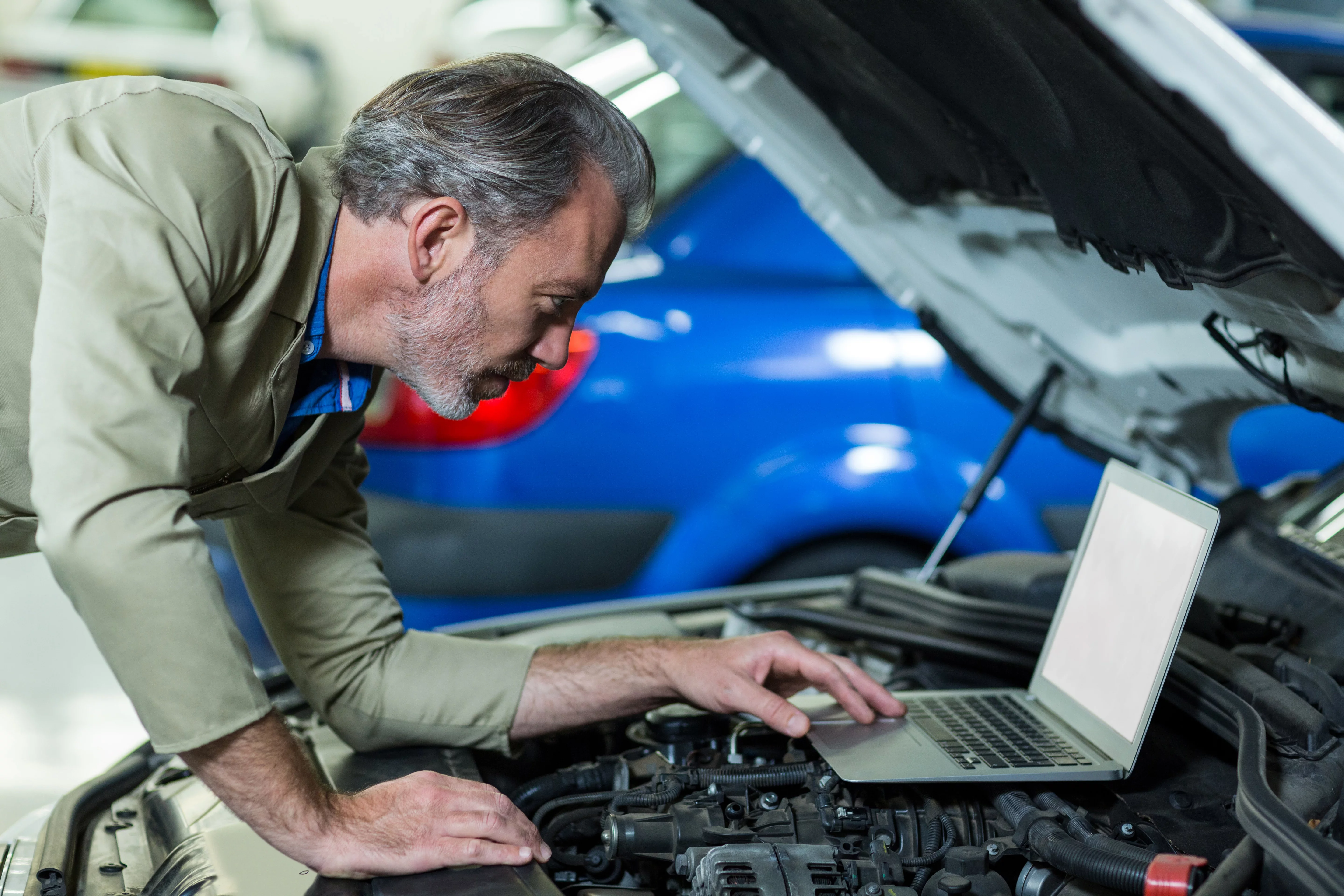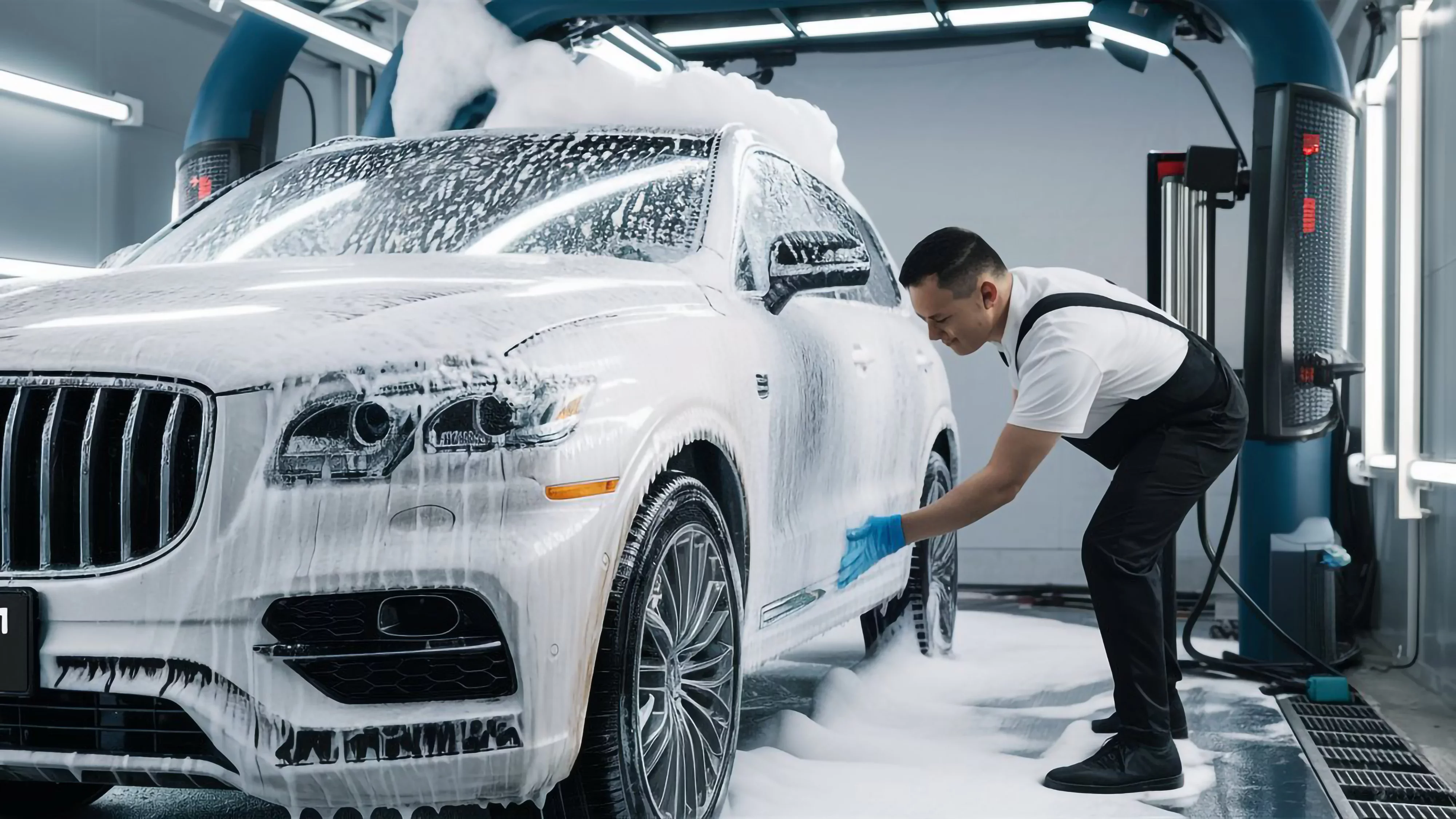How to Diagnose Car Problems Without a Mechanic

car problems are never fun. Whether it’s a strange noise, a warning light, or just a feeling that something isn’t right, it’s easy to feel overwhelmed. The good news? You don’t always need to rush to a mechanic. With a little know-how and some basic tools, you can diagnose many common car issues yourself. Not only can this save you money, but it also empowers you to make informed decisions when you do visit a garage.
In this guide, we’ll walk you through how to diagnose car problems without a mechanic, step-by-step.
1. Start with Your Senses
Your senses—sight, sound, smell, and touch—are your first line of defense.
Look: Check for leaks under your car, dashboard warning lights, or unusual smoke from the exhaust.
Listen: Unfamiliar sounds like squealing, grinding, knocking, or clicking can offer clues.
Smell: A sweet smell might indicate a coolant leak. A burning odor could point to oil or electrical issues.
Feel: Are there vibrations in the steering wheel? A shaky ride? Does the brake pedal feel soft or spongy?
These observations provide the initial hints about what could be wrong.
2. Check the Dashboard Warning Lights
Your car’s dashboard is smarter than you might think. Most modern vehicles are equipped with onboard diagnostics (OBD) systems that alert you to issues before they get worse.
Here are a few common lights and what they might mean:
Check Engine Light: Could indicate a range of issues, from a loose gas cap to something more serious like a faulty sensor.
Battery Light: Signals a charging issue—possibly the alternator or battery.
Oil Pressure Light: Your engine may be low on oil or experiencing a pressure issue.
Temperature Warning Light: Your engine might be overheating.
If you’re unsure, refer to your owner’s manual for guidance.
3. Use an OBD-II Scanner
This little gadget is a game-changer for DIY car diagnostics. An OBD-II scanner plugs into a port under your dashboard and reads error codes from your car’s computer.
You don’t need to be a mechanic to use one:
Plug the scanner into your car’s OBD-II port (usually beneath the steering wheel).
Turn the ignition on.
Follow the device’s instructions to read error codes.
Google the codes or use the scanner’s app (many Bluetooth models sync with your phone) to find out what they mean.
Even budget-friendly OBD-II scanners can give you insight into engine, transmission, emissions, and other systems.
4. Listen for Noises While Driving
Strange noises can help pinpoint problems.
Squealing when braking: Likely worn-out brake pads.
Grinding gears: Potential transmission issue or low transmission fluid.
Clunking over bumps: Worn suspension components.
Whining under the hood: May indicate a worn serpentine belt or failing power steering pump.
Try to replicate the sound and note when it occurs (e.g., during turns, when accelerating, while idling). The pattern often helps diagnose the issue.
5. Inspect Under the Hood
Pop the hood and look for:
Fluid levels: Check oil, coolant, transmission fluid, brake fluid, and windshield washer fluid.
Battery: Look for corrosion on the terminals or a bloated casing.
Belts and hoses: Cracks, fraying, or looseness can signal problems.
Leaks: Identify fluid color (e.g., green for coolant, red for transmission fluid, brown for oil).
Tip: Use your owner's manual to locate fluid reservoirs and understand proper levels.
6. Check Your Tires
Uneven wear, bulges, or vibrations can signal alignment or suspension problems. Also, make sure your tire pressure is within recommended limits (usually listed on a sticker inside the driver’s door). Driving on poorly inflated tires can lead to poor fuel economy, handling issues, or blowouts.
7. Pay Attention to Performance
Your car may be trying to tell you something through how it drives.
Hard starts: Could be battery, alternator, or starter motor issues.
Poor acceleration: Might be a fuel delivery or air intake problem.
Rough idling or stalling: Could relate to spark plugs, fuel injectors, or sensors.
Note when the symptoms occur and whether they’re consistent. These clues narrow down possible causes.
8. Smell Something Strange? Here’s What It Might Mean
Sweet smell: Coolant leak.
Rotten eggs: Bad catalytic converter.
Burning rubber: Slipping belt or overheating part.
Gasoline odor: Fuel system leak—this can be dangerous and should be checked immediately.
9. Know When to Ask for Help
While diagnosing problems yourself is a great skill, some issues are best left to professionals—especially if they involve:
Transmission overhauls
Electrical system faults
Brake failure
Engine overheating
Still, having a good understanding of the issue helps you communicate clearly with your mechanic and avoid unnecessary charges.
Final Thoughts
Learning how to diagnose car problems without a mechanic is like becoming fluent in a new language—your car’s language. You don’t need to be an expert to get started. Begin with your senses, use a basic diagnostic tool, and pay attention to how your car behaves. The more you practice, the more confident you’ll become.
And remember: even if you eventually need a mechanic, having a clear idea of what’s wrong puts you in the driver’s seat—literally and figuratively.
Latest blogs
Dive in to our most recent articles to gain tips and tricks into growing professional teams.



